With the reopening of the Glenstone Museum in rural Maryland – a day trip from Washington or Baltimore – Mitchell and Emily Wei Rales break the mould of collectors building museums for their own art. They are exceptionally devoted to sharing this collection with the public, and have made fully and freely accessible their rolling landscape of 230 acres dotted with outdoor sculptures and, among the hillocks, the newly built Pavilions displaying some of their modern art collection. Visitors are encouraged to slow down, to become more aware of landscape and architecture – and, of course, art – and to enjoy a contemplative and intimate experience. It is subtle and precision-planned. To maintain the serenity, numbers are limited so reservations are required. (They are already fully booked for October and November; additional tickets are released on the first of every month.)
‘We shall always be open to all for free,’ is the first thing Emily Wei, an art historian, says. Her husband expands: ‘I’m known as a reclusive industrialist. I am challenged with trying to tell you why I do what I do.’ Then, he does. With the example of his father – who grew up in an orphanage in New York, did well in property and left his estate to a foundation focusing on the education of the inner-city poor – he made an even bigger fortune and wanted to ‘do something for the arts’. Landscape architects PWP started construction in 2003; a museum – the Gallery – opened three years later. Then ‘Emily came into my life and helped me continue.’ A second building, named the Pavilions, was commissioned in January 2011. He sees the museum as ‘a collaborative work’ born from a shared vision. This includes the 130-strong team at Glenstone – all staff used to help plant the outdoor Jeff Koons work Split-Rocker (2000), and there is now a two-year gallery docent programme to help spread their mission. ‘This will be our gift to the world. We have another 15 years of work to complete it.’
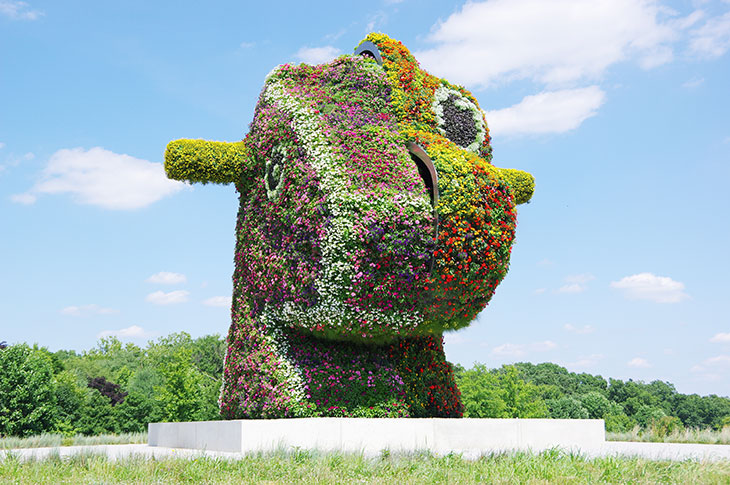
Split-Rocker (2000), Jeff Koons. Courtesy Glenstone Museum; © Jeff Koons
Visiting Glenstone, it’s hard to see what this work might be. On arrival, the outside world is left behind. ‘We practice what we call “slow art,”’ says Emily Rales. A visitor must take a 10-minute walk from the entrance hall to the Pavilions along a path that meanders between carefully designed hillocks that – as for Humphrey Repton’s ‘improved’ British landscapes – required colossal earth-moving. Split-Rocker seals the hilltop vista on the left, beckoning. It would be easy to be lured up to it, or possibly along other paths and tree-shaded boardwalks to encounter pieces by Tony Smith, Richard Serra, Ellsworth Kelly, Andy Goldsworthy and Janet Cardiff and George Bures Miller’s sound installation FOREST (for a thousand years…) (2012) – a piece the Raleses are particularly excited to have. Nearby, in the Gallery, an exhibition presents some 30 pieces of the collection’s in-depth holdings by Louise Bourgeois made over five decades. It includes a work that is considered a turning point in Bourgeois’ career: The Destruction of the Father (1974). On the promenade outside there’s a low wall to rest against while looking down at Michael Heizer’s Compression Line (1968/2016), a bold gash in a raspberry pink ground encircled by a wreath of young trees.
Such moments of rest, such freedom to follow one’s instinct and curiosity – this is just what the Raleses want to happen. There is no hurry here, no ticking off the pieces seen and rushing on. Mitchell Rales says he wants visitors to establish a relationship with Glenstone, ‘to revisit in different seasons, under different weather conditions’.
The Pavilions, a group of galleries designed by Thomas Phifer and Partners, are reached in due time. For Phifer, this intentionally delayed arrival is vital so ‘the distractions of the outside world melt away’, an idea inspired by the Louisiana Museum of Modern Art in Denmark. From the outside, the low-lying white cubes seem embedded in the grassy knoll; the interior is an uplifting light-filled space. Most of the galleries have skylights, and the glass passages connecting them overlook a lily pond that fills the aptly named Water Court. The Raleses visited some 50 museums around the world before settling on the plan, being especially impressed by Louisiana ‘for its seamless integration of indoors and outdoors’, Houston’s Menil Collection for ‘its gracious design and the ambition they planted’, and Basel’s Beyeler Foundation for its ‘inspirational’ water feature.
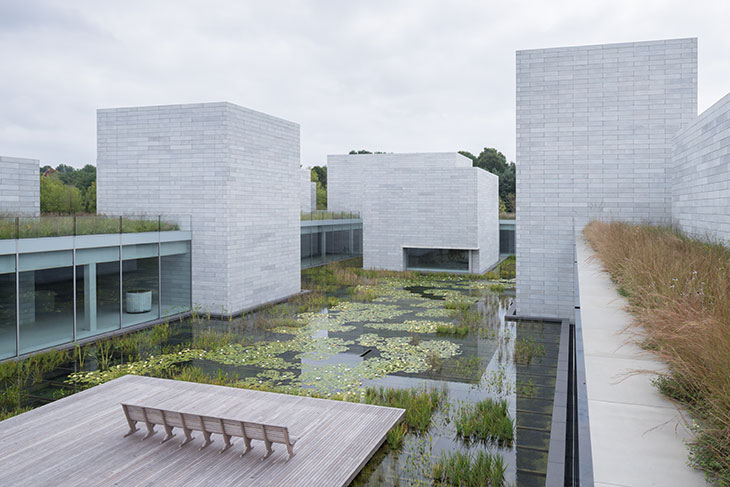
View of the Water Court at the Pavilions. Photo: Iwan Baan. Courtesy Glenstone Museum
Inside the galleries, we are introduced to a selection from their 1,300 or so artworks – the expansion means they have more than 50,000 square feet of exhibition space, more than the Whitney in New York. ‘Our goal was to collect seminal works of art made since World War Two and give a global perspective of what’s been going on,’ says Emily Rales. ‘Like the Frick [in New York], we have a clear focus’ – artists whose work was very challenging when it was made, and is represented in the collection by a range of pieces from across their careers.
For the inaugural installation, nine of the galleries each show the work of one artist – ‘some artists need their own space,’ she says, citing On Kawara, Lygia Pape and Robert Gober. Of the Gober work, Untitled (1992), she continues: ‘It was a watershed moment when it was first shown at Dia [in New York] in 1992. It’s so important, widely regarded as Gober’s magnum opus. We had to convince the artist to part with it. It’s very complicated and requires infrastructure and maintenance. Glenstone is creating art experiences that you can’t have anywhere else. This is one.’ For the final double-sized gallery, to give a feel of the whole collection the Raleses have chosen 65 works by 52 artists, made across the world between 1943 and 1989, covering major movements in New York, Japan, Brazil and Germany. It’s a cornucopia of quality. Rothko’s No. 9 (White and Black on Wine) (1958) hangs near three Objeto gráfico (Graphic Object) (1967–72) by Mira Schendel, made on fragile Japanese rice paper and suspended from the ceiling.
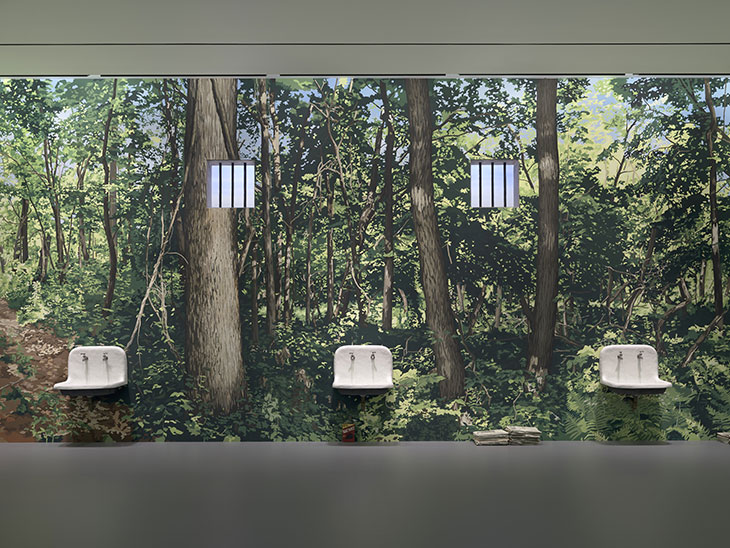
Untitled (detail; 1992), Robert Gober. Photo: Ron Amstutz. Courtesy Glenstone Museum and Matthew Marks Gallery; © Robert Gober
Throughout the building, visitors are encouraged to ‘go slow’. Galleries and passages have elegant wooden benches, a number of which have been designed by the sculptor Martin Puryear in collaboration with furniture-maker Michael Hurwitz. The smallest gallery in the Pavilions has just one large bench, positioned to face out to the grass and trees. Here Mitchell Rales explains that he got started enjoying art when he needed to fill the walls of his newly built house. ‘I felt I had a lot in common with Abstract Expressionism, at that time considered radical, not well regarded.’ His first buy was a black enamel Jackson Pollock, his second a Willem de Kooning drawing. He has rarely deaccessioned. But in 2013, the couple sold their Pollock drip painting Number 19, 1948 for $58.3 million to help fund their acquisition of 144 works owned by Canadian collector Ydessa Hendeles. ‘It wasn’t an easy thing to do.’ he says, adding ‘but we’d been cultivating that collection for years. The Jeff Wall, On Kawara, Louise Bourgeois, Cindy Sherman, etcetera – they gain from being in our collection.’
Unlimited access from just $16 every 3 months
Subscribe to get unlimited and exclusive access to the top art stories, interviews and exhibition reviews.

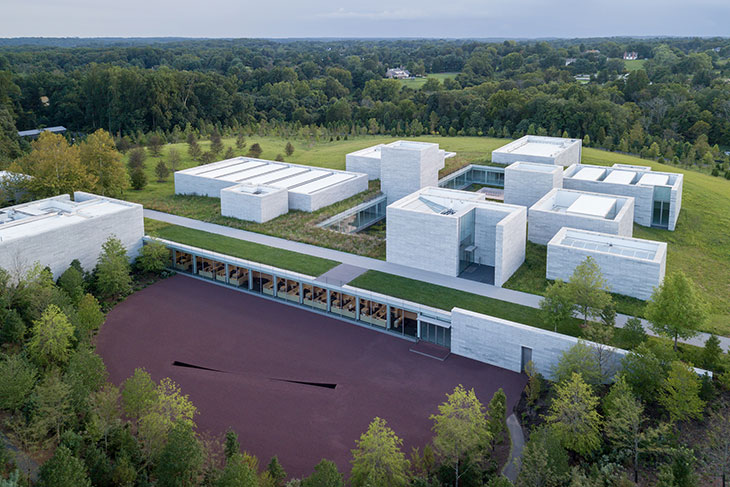
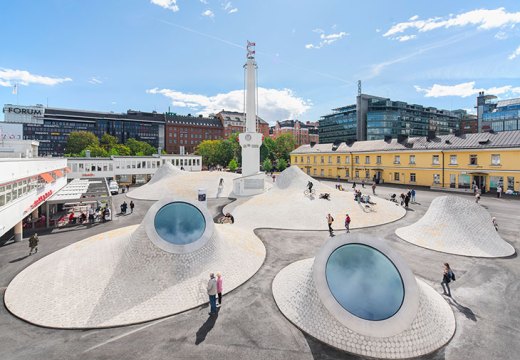
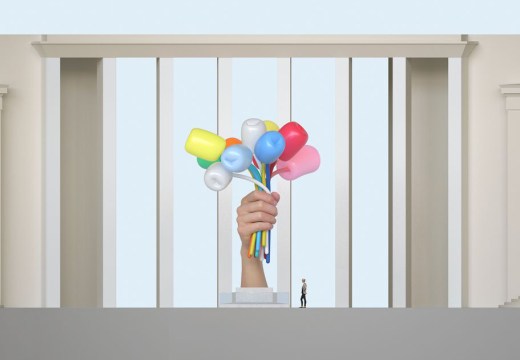










![Masterpiece [Re]discovery 2022. Photo: Ben Fisher Photography, courtesy of Masterpiece London](http://www.apollo-magazine.com/wp-content/uploads/2022/07/MPL2022_4263.jpg)
It’s time for the government of London to return to its rightful home